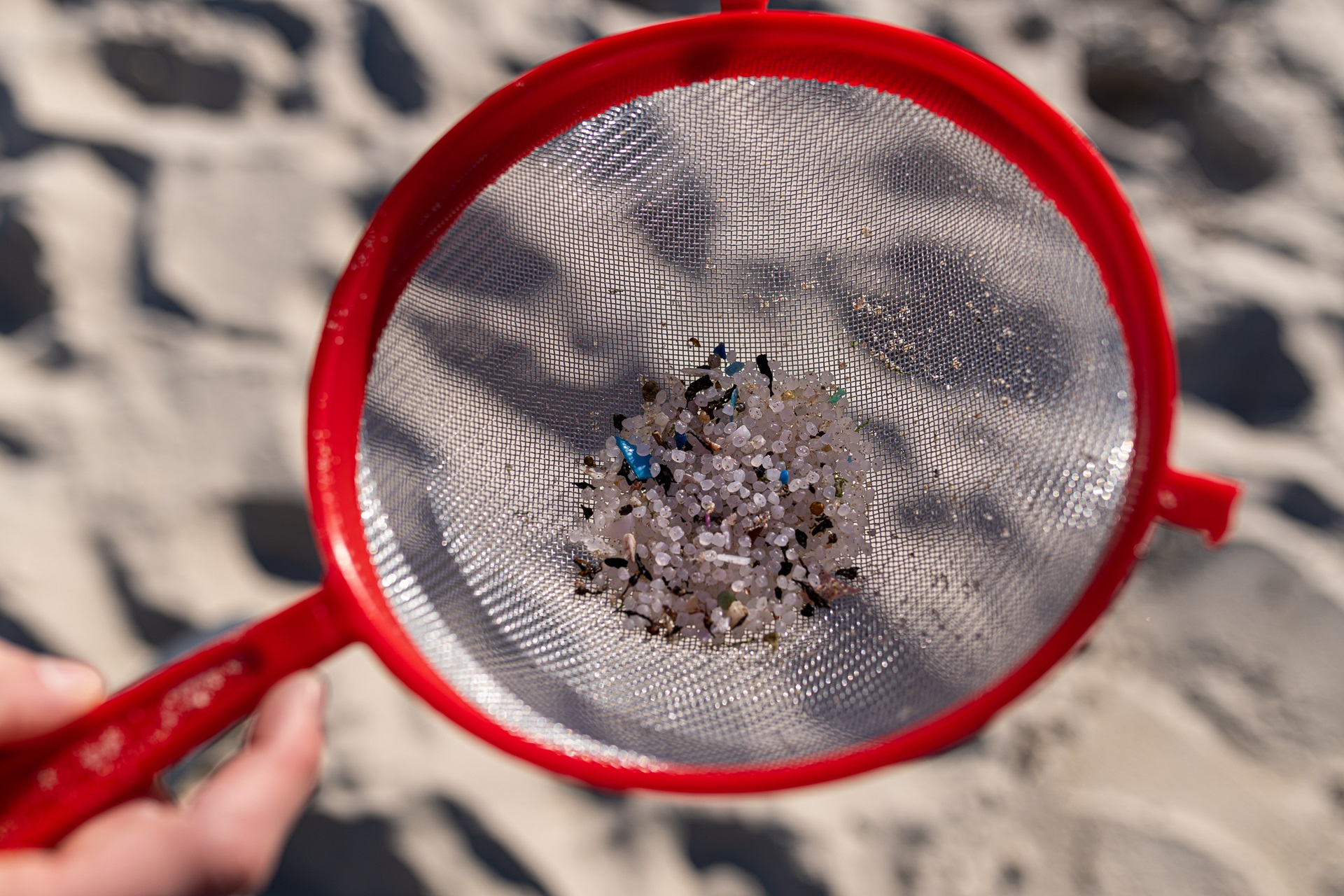The wave-swept coasts of Galicia - in Spain's north-west corner - have become coated with millions of tiny plastic pellets, putting environmental organizations on alert, and leading to calls for action from the authorities in order to avoid an environmental disaster. But what exactly are the pellets that have rolled in on the Atlantic winds and swells? And what are their real risks to the environment and human health? These small plastic granules, up to 5mm long for the most part, are used to make almost all plastic products, that is, they are the raw material from which many everyday items are produced - from plastic water bottles, tupperware containers and bags - for our plasticated society to consume. The pellets come in several different types, corresponding to the different types of plastic - polyethylene, polypropylene, polystyrene, polyvinyl chloride and synthetic resins - all, of course, being manufactured from petroleum. Thus, two decades years after the coasts of Galicia were blackened by the disastrous Prestige oil spill in 2002, they have fallen victim to another petroleum product. Note that these tiny granules should not be confused with biomass pellets, the small non-polluting cylinders created from sawdust to heat stoves or boilers.
Are the pellets dangerous?
In fact, the presence of plastic pellets in the sea has been documented since the 70s. When they are noticed in volume, it is because of recent accidental spills, such as the one that happened this time: containers from the merchant ship Tocano fell into the sea in Portuguese waters, and millions of tiny, floating objects were rapidly carried away by the winds and currents. The first pellets were noticed in the Barbanza area, about 100km north of the Portuguese border, but the pollution has now affected the entire Galician coast and has reached round into the Bay of Biscay - Spain's northern coast - and the region of Asturias.
Spain's third deputy PM and ecological transition minister, Teresa Ribera, says she is following the evolution of the spill and has offered the Galician autonomous government all the "collaboration and help they consider necessary". For its part, the Xunta of Galicia's first statements, on Monday, did not rate the pellets as a great problem - "If anyone wants to help the clean-up, let them help," said president Alfonso Rueda. However, it has since decided to declare a level 2 emergency, meaning that it can request maritime and other support for the removal of the pellets. The autonomous community of Asturias was quicker off the mark and declared a similar emergency to try and act before the "generalized appearance" of microplastics in the sands of the entire Asturian coast. Meanwhile, the company that was transporting the material has also asserted that the material is non-toxic.
But despite the company's claim about its relative safety, these microplastics can disrupt ecosystems. Firstly because marine animals such as sea turtles, seabirds and shellfish can end up eating them and dying due to their indigestibility, and secondly, because the pellets can also absorb toxins that the animals ingest. When fish are caught for human consumption, the microplastics can end up on our plates. As well, the European Commission warns that once in the environment, plastic pellets are almost impossible to remove. Their continuous release contributes to the permanent pollution of ecosystems and food chains.
Do they pose a risk to human health?
The Spanish Agency for Food Safety and Nutrition (AESAN) clarifies that the greatest concern in relation to this pollution situation lies in so-called microplastics and nanoplastics: "Fish sometimes ingest high concentrations, but since they are mainly present in the stomach and intestines, they are generally removed and do not constitute a significant source of exposure for [human] consumers." However, this is not the case with crustaceans and bivalve shellfish, as people also consuming these creatures' digestive tracts and so could ingest the plastic material. In addition, the presence of microplastics has been detected in products such as honey, beer or sea salt. The European Food Safety Authority (EFSA) has identified the presence of these particles in food as an "emerging risk", although evidence shows that the exact effects of consuming microplastics are unknown.

